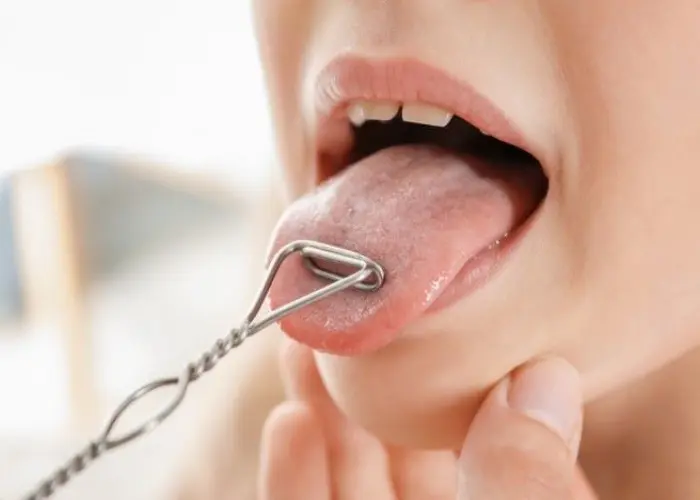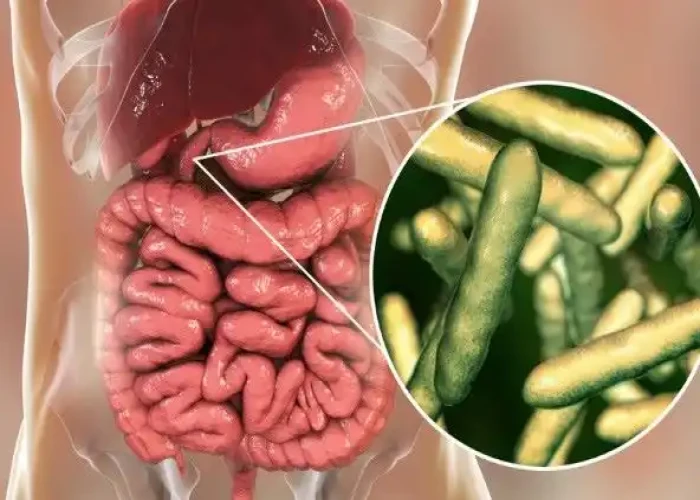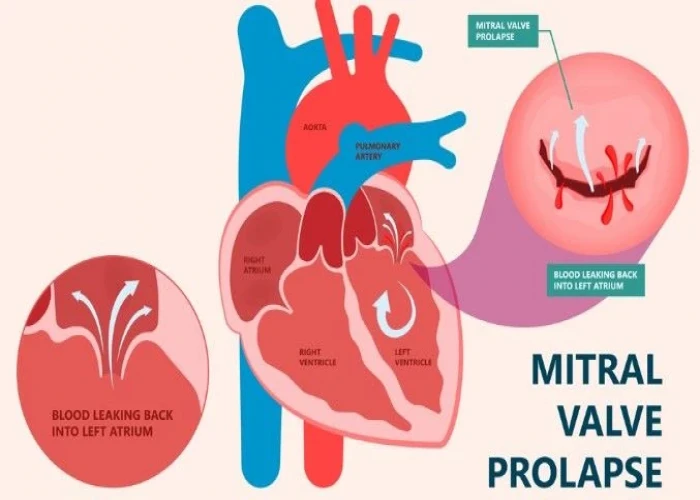 Welcome
Welcome
“May all be happy, may all be healed, may all be at peace and may no one ever suffer."
Hypospadias

Hypospadias is a congenital condition in which the opening of the urethra, the tube that carries urine from the bladder to the outside of the body, is located on the underside of the penis rather than at the tip. In some cases, the opening may be located on the shaft of the penis, scrotum, or perineum.
Hypospadias is typically diagnosed at birth and may be detected during a routine physical exam. The severity of the condition can vary, with some cases involving only a mild deviation of the urethral opening, while others may involve a more significant abnormality.
Treatment for hypospadias typically involves surgery to reposition the urethral opening to the tip of the penis. The procedure may involve a variety of techniques, depending on the severity and location of the hypospadias. In some cases, multiple surgeries may be necessary to achieve the desired result.
In addition to surgery, ongoing medical care and monitoring may be necessary to manage any complications and ensure the best possible outcomes. This may include regular visits with a pediatric urologist to monitor the condition and ensure that the child is developing normally.
If you or someone you know is affected by hypospadias, it is important to work closely with a healthcare provider to determine the best possible treatment plan. With proper treatment and management, most children with hypospadias can go on to live healthy and productive lives.
Research Papers
Disease Signs and Symptoms
- Downward curve of penis
- Opening of the urethra at a location other than the tip of the penis
Disease Causes
Hypospadias
Hypospadias is present at birth (congenital). As the penis develops in a male fetus, certain hormones stimulate the formation of the urethra and foreskin. Hypospadias results when a malfunction occurs in the action of these hormones, causing the urethra to develop abnormally.
In most cases, the exact cause of hypospadias is unknown. Sometimes, hypospadias is genetic, but environment also may play a role.
Disease Prevents
Disease Treatments
Some forms of hypospadias are very minor and do not require surgery. However, treatment usually involves surgery to reposition the urethral opening and, if necessary, straighten the shaft of the penis. Surgery is usually done between the ages of 6 and 12 months.
If the penis looks abnormal, circumcision should not be done. If hypospadias is found during circumcision, the procedure should be completed. In either case, referral to a pediatric urologist is recommended.
Surgery
Most forms of hypospadias can be corrected in a single surgery that's done on an outpatient basis. Some forms of hypospadias will require more than one surgery to correct the defect.
When the urethral opening is near the base of the penis, the surgeon may need to use tissue grafts from the foreskin or from the inside of the mouth to reconstruct the urinary channel in the proper position, correcting the hypospadias.
Results of surgery
In most cases, surgery is highly successful. Most of the time the penis looks normal after surgery, and boys have normal urination and reproduction.
Occasionally, a hole (fistula) develops along the underside of the penis where the new urinary channel was created and results in urine leakage. Rarely, there is a problem with wound healing or scarring. These complications may require an additional surgery for repair.
Follow-up care
Your child will need a couple of visits to the surgeon after surgery. After that, regular follow-up with your child's pediatric urologist is recommended after toilet training and at puberty to check for healing and possible complications.
Disease Diagnoses
Disease Allopathic Generics
Disease Ayurvedic Generics
Disease Homeopathic Generics
Disease yoga
Hypospadias and Learn More about Diseases

Dysarthria

Teen depression

Whipple's disease

Cyclic vomiting syndrome

Mitral valve regurgitation

Chronic pelvic pain in women

Canker sore

Pouchitis
hypospadias, হাইপোস্প্যাডিয়াস
To be happy, beautiful, healthy, wealthy, hale and long-lived stay with DM3S.
